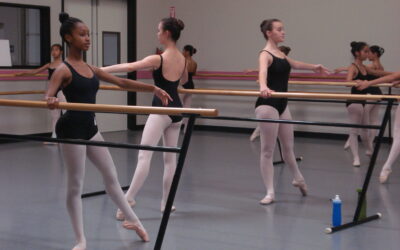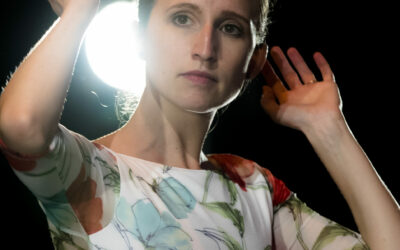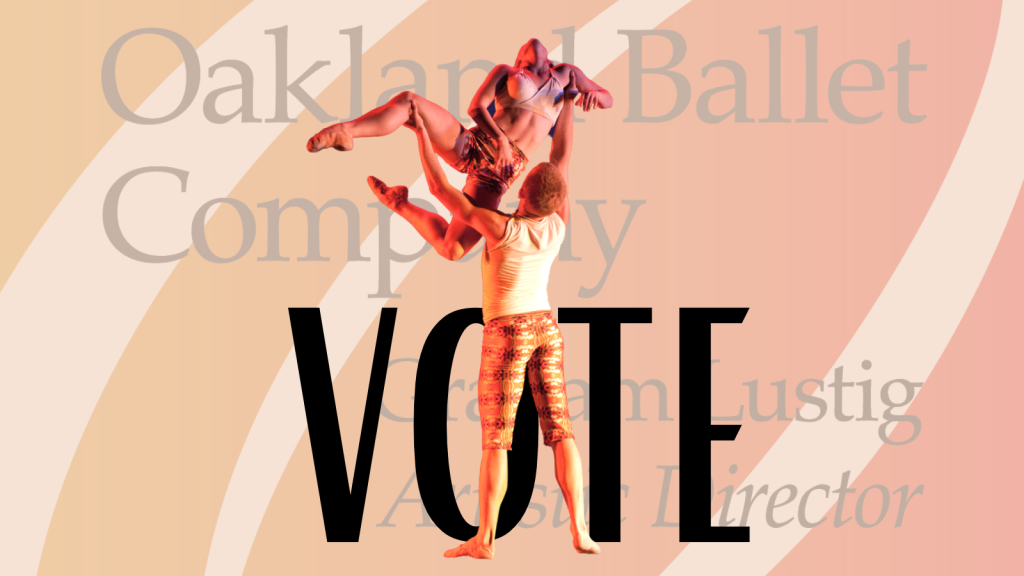As Music Director and Conductor of Oakland East Bay Symphony, Michael Morgan has become a staple in OBC’s tradition of the The Nutcracker.
Morgan has held the baton for the production for more than a decade, and even with years of intimacy with the ballet, the power and effectiveness of Tchaikovsky’s score is far from diminishing for him.
“You’re pretty much struck every time by how charming the music is in the score,” said Morgan, who became reacquainted with the ballet with the variation staged by OBC founder and former Artistic Director Ronn Guidi.
“It’s very clear when you see The Nutcracker why it’s such a favorite with everyone and how they can make it an annual tradition,” Morgan added.
Tchaikovsky’s third and final ballet, The Nutcracker is unmatched in its level of recognition and popularity. Even more impressive than the score’s pop culture status, however, is its continued ability to support countless renditions of the ballet. The number of Nutcracker productions far surpasses that of any other full-length ballet.
While the holiday phenomenon surrounding The Nutcracker is one reason for the many different interpretations of the ballet, the creative flexibility Tchaikovsky’s work gives to choreographers is another.
“The music is not meant to be concrete,” Morgan explained.
At any given point, he said, the score can be pulled to either the side of fantasy or reality as choreographers decide where in the story to blur the lines between Marie’s perceptions and her imagination.
“The storytelling allows for so much spectacle,” Morgan said, and just as Tchaikovsky leaves plenty of room for inspiration, he also provides the foundation.
“Your anchor point is the music,” said Morgan, referring to how a version of The Nutcracker takes shape and gets structured.
For his part, Morgan most enjoys moments like the grand pas de deux between the Sugar Plum Fairy and the Cavalier. It is in leading these parts of the score that he is most challenged as a conductor, as he looks to give good accompaniment to the dancers.
“It’s when you’re really trying to connect with the dancers that it’s the most interesting,” Morgan said.
To get the best staging often requires adjusting the phrasing, Morgan explained, going faster or slower than the orchestra would if left to its own devices.
“We know it’s not about us when we’re doing it with the ballet,” said Morgan, who will lead more than 30 orchestra members in the three performances of Graham Lustig’s The Nutcracker.
OEBS continues to use the orchestra reduction conceived by Oakland Symphony Music Director Gerhard Samuel for performing The Nutcracker in the Paramount Theatre’s pit. This will be the third year that Morgan and OEBS join Oakland Ballet Company for the production of Graham Lustig’s The Nutcracker.
In working with Artistic Director Graham Lustig’s choreography, Morgan noted its musicality. It is easy to see, he said, where the music is meant to shape and accent the dance movements.
When effective spacing meets with a score like Tchaikovsky’s Nutcracker, the result, Morgan said, is the ability to enchant audiences.
Taken separately, The Nutcracker as a ballet and as a score can be lost in the holiday landscape. It is the potent combination of the two, Morgan said, that captivates audiences each year and makes the tradition endure.
“I think the combination of hearing the music and seeing the ballet at the same time makes enough magic that it really makes for a completely different experience than hearing the music out of context, or even seeing a different version of the ballet,” Morgan said.
“It’s a magic of live theater thing that automatically elevates the experience.”
– Kate Fratar











